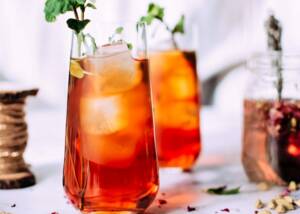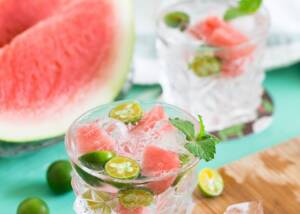Belgium: Flemish red-brown beers to get European protection label
News General news
Flemish red-brown beers, like Rodenbach, will soon get a European protection label. The beer is already recognised as a regional product, but the European label will further protect the way it is brewed and its origin. It is also an important quality label. Flemish red-brown beer is only brewed in eight breweries in West Flanders, VRT reported on December 19.

An application has now been submitted to the European authorities to grant ‘Flemish red-brown beer' so-called Protected Geographical Indication (PGI) status. This European recognition is given to agricultural products and foodstuffs that are typical of a certain region. It protects its origin, the way it is produced and thus also its taste. As a result it is also an important quality label.
Flemish agriculture minister Jo Brouns (Christian democrat) is confident that the application will be approved. ‘Flemish red-brown beer is a unique type of beer characteristic of West Flanders. It is only brewed at a limited number of locations, in Roeselare, Tielt, Kortrijk, Kortemark and Ichtegem. The national authorities examined all conditions were met before the application was sent to the European commission. Recognition by the European authorities would be a nice confirmation of the quality work done by the producers.’
The application has been met with enthusiasm at the Rodenbach brewery in Roeselare. ‘It would be nice to see our ‘Flemish red-brown beer’ on the list of products with a Protected Geographical Indication. 'Traditional curdled milk tarts from Geraardsbergen and Brussels chicory are already on the list,’ says brand ambassador Didi Decaesteker. ‘West Flemish red-brown is a unique beer, sweet and sour with a complex aroma.’
What makes the ‘Flemish red-brown beer’ so different from other beers is, surprisingly, not the red colour, but the way it is matured in upright oak barrels. ‘That maturation method is unique in Belgian brewing culture,’ Mr Decaesteker explains, ’and gives the typical mildly sour flavour. It also allows the beer to be stored for longer.’
‘Flemish red-brown beer consists of water, barley malt, yeast, grains and hops,’ Mr Decaesteker continues, ’although the amount of hops is limited, as they provide a bitterness that slightly sour beers do not tolerate. Some brewers add another step to the brewing process and soak red fruits in the beer, which provides extra colour and aromas. Spices can also be added. Flemish red-brown beer needs to contain at least 3 per cent alcohol.’
If the protection label is awarded, it will be good news for Flemish brewers. Last year was a particularly challenging year for them. While costs rose, including wages and energy, demand fell. In previous years, falling beer consumption at home could still be offset by larger exports. But foreign orders fell sharply last year. The Protected Geographical Indication could generate greater interest in Belgian beers and in West Flemish red-brown beer in particular, especially internationally.’









